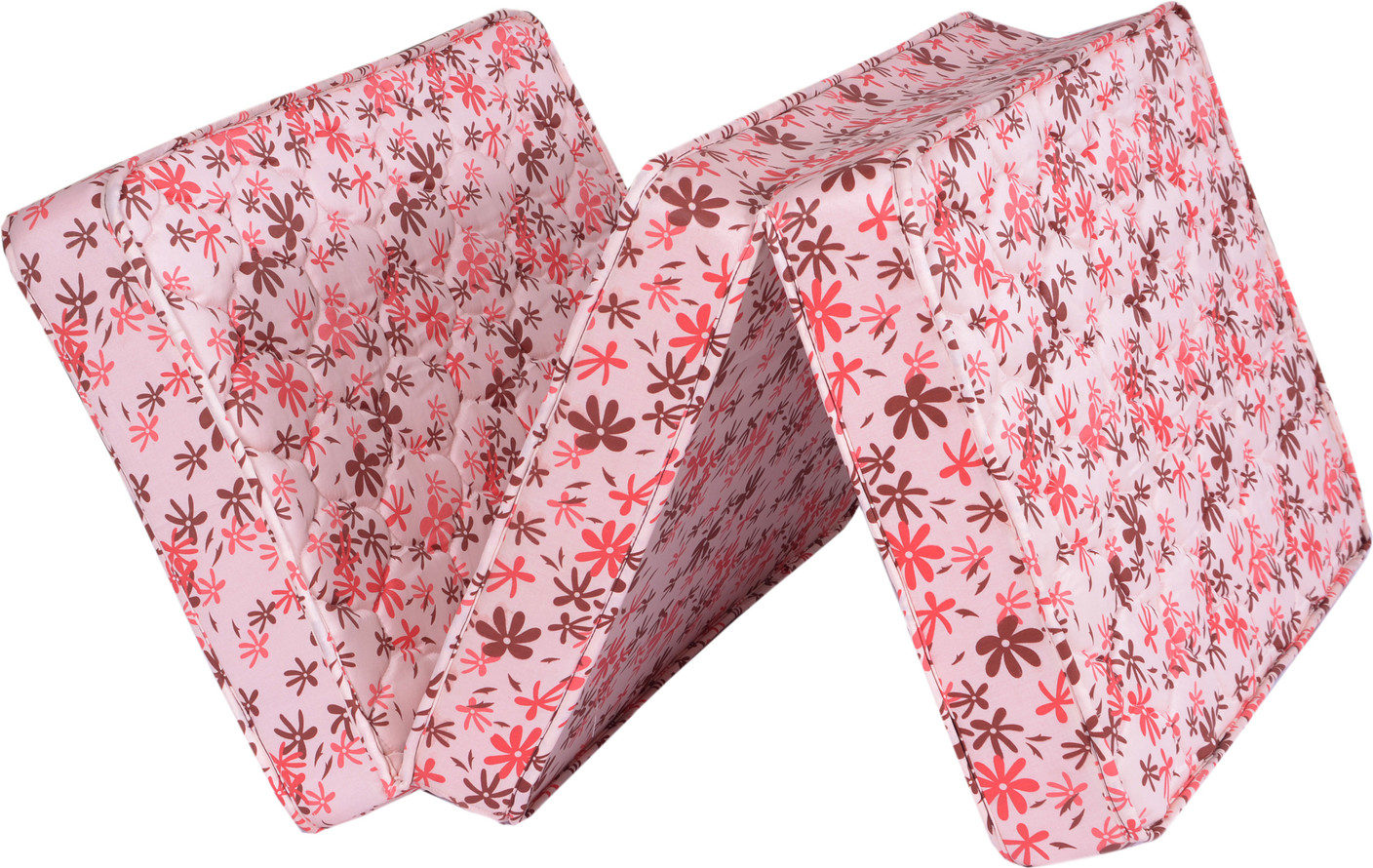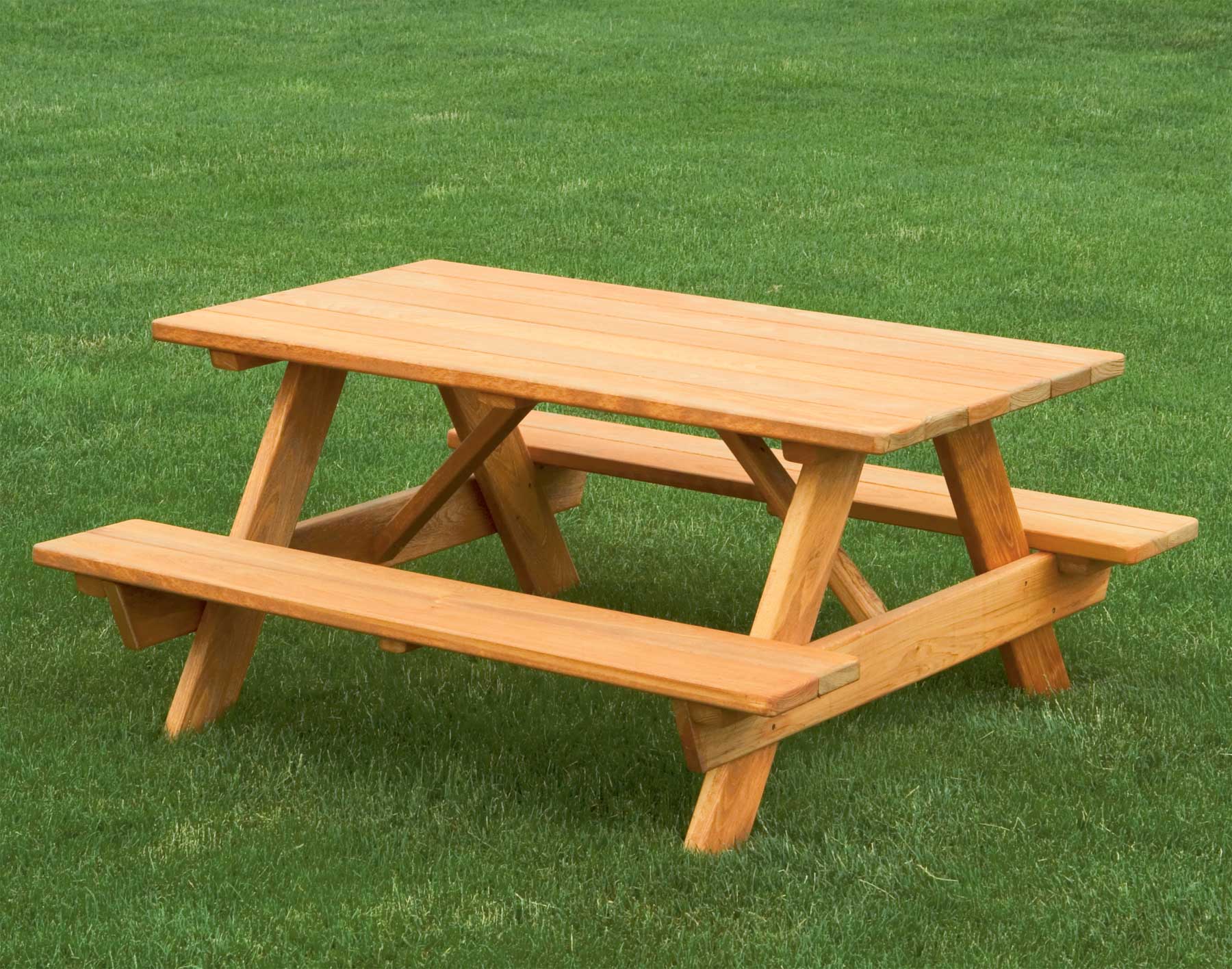Native American house designs come in a variety of shapes, sizes, and styles. Each component of a native house design reflects the tribe's spiritual, religious, and environmental values. From the materials collected to build frame and insulation to techniques used to make the structures long-lasting and seamless, these designs have been perfected over thousands of years to provide shelter and comfort. Native American dwelling styles vary from region to region, and each house design is unique to the culture. Here are ten of the most common Native American house designs seen today:Simple Native American House Designs
The longhouse is one of the oldest specifically designed house styles from North American native tribes. It's comprised of two long walls that extend far beyond the gable end walls. The longhouse was predominantly the structure of the Iroquois nation, like the Algonquin, Cree, and Haudenosaunee tribes. Each home included an area for the family to live, as well as a separate area for a fire, and sometimes even another space to store food. The walls of the longhouse also had compartments to store extra supplies. The longhouse design was an innovative and efficient use of space that allowed multiple families to occupy the dwelling.Native Longhouse Design
The igloo, also known as the Inuit House, is an iconic symbol of Native American culture in the arctic regions. It was constructed from blocks of compressed snow as a strong, but light structure. Its main purpose was to shelter the family from the cold arctic temperatures, though some Inuit tribes also used it as a temporary summer home. Inside, the dome shape of the ceiling made it easier for heat to rise and evenly distribute throughout the dwelling. The igloo was also designed with a central vent to help maintain the interior temperature of the house. This vent was lined with animal skins to keep the heat in and the snow out. The entrance was carefully angled and built with a windbreak to reduce the force of storms that whip through the region. Special insulating furs were hung along the walls to ensure a warm, comfortable living space.Simple Igloo House Design
Tipis, or teepees, are traditionally used by Great Plains Indian tribes, such as the Sioux. They are cone-shaped dwellings constructed from poles and a covering of hides. In pre-modern times, the covering was made of buffalo hides, which were waterproof and durable. In modern times, other materials are generally used, like canvas or vinyl. Inside, the tipi was designed for comfort. The floor and walls were padded with animal skins and fur. The poles also provided extra support for the structure and were organized to create a central hearth for cooking and warmth. This design also allowed for easy assembly and dismantling when it was time to move the dwelling to different locations.Simple Tipi House Design
Mud huts were traditionally used by tribes in desert regions, like Arizona and New Mexico. Mud huts are made from desert sand and clay that are mixed by hand into a thick paste-like substance. The mixture is molded into long bars that are then stacked and arranged circle to form the walls of the dwelling. The walls of the mud hut are then coated with extra layers of the mud-clay mixture to strengthen them and add insulation from the hot desert temperatures. Inside the dwelling, sand and clay were combined to form a hard floor. The inside walls were also decorated with mud images or geometric patterns. The mud hut was designed to be energy-efficient and easily transportable in case of drought or other natural disasters that force the tribe to move.Simple Mud Hut House Design
Straw shelters were historically used by tribes of the Great Plains, like the Sioux, Comanche, and Mandan tribes. As the traditional tipis were too difficult to transport during seasonal migrations, the straw housing was an excellent alternative structure. This type of native house design was made of several layers of thick straw and grass that were bundled together to form a strong and slightly curved frame. The frame was then covered with a hide for extra protection from winds and storms. Inside the structure, many of the tipi features remained, such as a central hearth and bedding. For insulation from the cold, additional animals hides and mats were hung along the walls. Ventilation was also key to this native home design, with gaps between the straw walls that help circulate air throughout the entire dwelling. Simple Straw Hut House Design
The wigwam, also known as a wetus, is a large dome-shaped dwelling that was historically constructed by Eastern Woodland tribes, like the Potawatomi and the Algonquin. The wigwam is constructed from birch bark that is laid in overlapping layers, similar to shingles. Grapevine is added for extra strength and flexibility, and the entire frame is coated with more birch bark to reinforce it. Tightly woven mats of reeds called 'cover' are added to the frame to create the roof. Inside the wigwam, mats and blankets are hung from the structure to provide additional seating and insulation. Deer hides were used for flooring, and storage containers were placed inside. This indigenous home design is lightweight and can be used as a temporary shelter in case of migration or relocation.Simple Wigwam House Design
The palisade, also known as a log fence or stockade, is a Native American house design used by some tribes of the Great Plains. This structure consists of several logs that are arranged in a circular shape around a central area. The logs are stacked vertically and tied together with rope or other natural materials. This arrangement provided the fort with a solid wall that was difficult to penetrate. Inside the palisade, there was usually just one large room that was built to provide sleeping and living space. In some instances, additional storage rooms or kitchen areas were constructed inside. There was also usually one large open area that was used for outdoor activities. The central fire provided warmth and light during the long winter nights.Simple Palisade House Design
Pit houses, also known as semi-subterranean dwellings, were used by many Native American tribes of the Great Plains. This type of native house design was constructed underground to provide shelter from the region's harsh winters and cool summers. It was also a way to better insulate the home from extreme temperatures. The pit dwelling was typically arranged as a shallow rectangular hole dug out of the ground. Logs were then laid around the hole to create walls. Animal hides, blankets, and mats were hung from the ceiling to keep the interior warm and comfortable. The entrance was strategically placed on a hill or other elevated terrain to provide extra security.Simple Pit House Design
Log cabins are probably the most recognized native house design. Log cabins came to North America with European settlers, and Native American tribes quickly adapted them as their own. The construction of log cabins is very similar to any traditional home, with logs cut into specific sizes and arranged in a tight stack. Chinking material can be added between each log to make it water and weather-proof. Inside the cabin, the internal walls were often decorated with paintings and wall hangings. Beds and benches were made of logs as well and covered with furs or blankets. The smoke from the fire would escape through a chimney made from sticks and mud. This design provided a secure and comfortable dwelling for Native American families.Simple Log Cabin House Design
The earth lodge is a type of dwelling used by several Native American tribes of the Plains region, including the Mandan and Hidatsa. This native house design was constructed from a frame of forest logs covered with a thick layer of earth. The doorways and windows were specially designed to be frost-proof and allow for ventilation. Inside the earth lodge, a central hearth provided warmth and light. The walls and ceilings were decorated with animal hides, mats, and paintings. The floor was sometimes paved with stones, or covered with bark or animal hides. The earth lodge was designed as a sturdy and strong dwelling and could withstand the coldest of winters. Simple Earth Lodge House Design
Integrating Modern and Traditional Elements in Native Simple House Design
 Drawing from both
modern
and
traditional
elements, it is possible to create a native simple house design that appeals to everyone. A native simple house design features streamlined materials and a straightforward layout for a comfortable yet contemporary feel. Carefully incorporating the right mix of textures, colors, and shapes can help achieve an aesthetic that is both
unique
and practical.
Drawing from both
modern
and
traditional
elements, it is possible to create a native simple house design that appeals to everyone. A native simple house design features streamlined materials and a straightforward layout for a comfortable yet contemporary feel. Carefully incorporating the right mix of textures, colors, and shapes can help achieve an aesthetic that is both
unique
and practical.
Understanding Basic Design Principles
 As with any home design, it is important to understand the basic design principles that will help you create a space that is visually appealing and suitable for your lifestyle. In creating a native simple house design, it is important to focus on
simplicity
and efficiency. Clean lines, symmetrical shapes, and minimal furnishings all create an inviting atmosphere that serves both a functional and aesthetic purpose.
As with any home design, it is important to understand the basic design principles that will help you create a space that is visually appealing and suitable for your lifestyle. In creating a native simple house design, it is important to focus on
simplicity
and efficiency. Clean lines, symmetrical shapes, and minimal furnishings all create an inviting atmosphere that serves both a functional and aesthetic purpose.
Choosing Colors and Materials
 An effective color palette is essential to achieving the desired look in a native simple house design. Incorporating neutral tones with more vibrant colors can help bring a unique yet comfortable feel to the space. Additionally, materials are an integral element of a successful native simple house design. Opting for natural materials like wood and stone can help bring a sense of familiarity while still maintaining a modern look.
An effective color palette is essential to achieving the desired look in a native simple house design. Incorporating neutral tones with more vibrant colors can help bring a unique yet comfortable feel to the space. Additionally, materials are an integral element of a successful native simple house design. Opting for natural materials like wood and stone can help bring a sense of familiarity while still maintaining a modern look.
Using Native Objects for a Unique Design
 Incorporating native objects, such as woven baskets and hand-painted clay pots, can help create an even greater sense of unity with the environment. Repurposed materials can also give the space a creative and personalized touch, while adding an extra layer of warmth and character to the home.
Incorporating native objects, such as woven baskets and hand-painted clay pots, can help create an even greater sense of unity with the environment. Repurposed materials can also give the space a creative and personalized touch, while adding an extra layer of warmth and character to the home.
Bringing it All Together for a Cohesive Look
 The key to a successful native simple house design lies in the combination of modern and traditional elements. With a bit of creativity and attention to detail, it is possible to create a space that is beautiful, efficient, and worthy of the surrounds.
The key to a successful native simple house design lies in the combination of modern and traditional elements. With a bit of creativity and attention to detail, it is possible to create a space that is beautiful, efficient, and worthy of the surrounds.



























































































